Sadler’s Wells East opens: ‘grand, unassuming and beautifully utilitarian’
Sadler’s Wells East by O’Donnell and Tuomey opens this week, showing off its angular brick forms in London
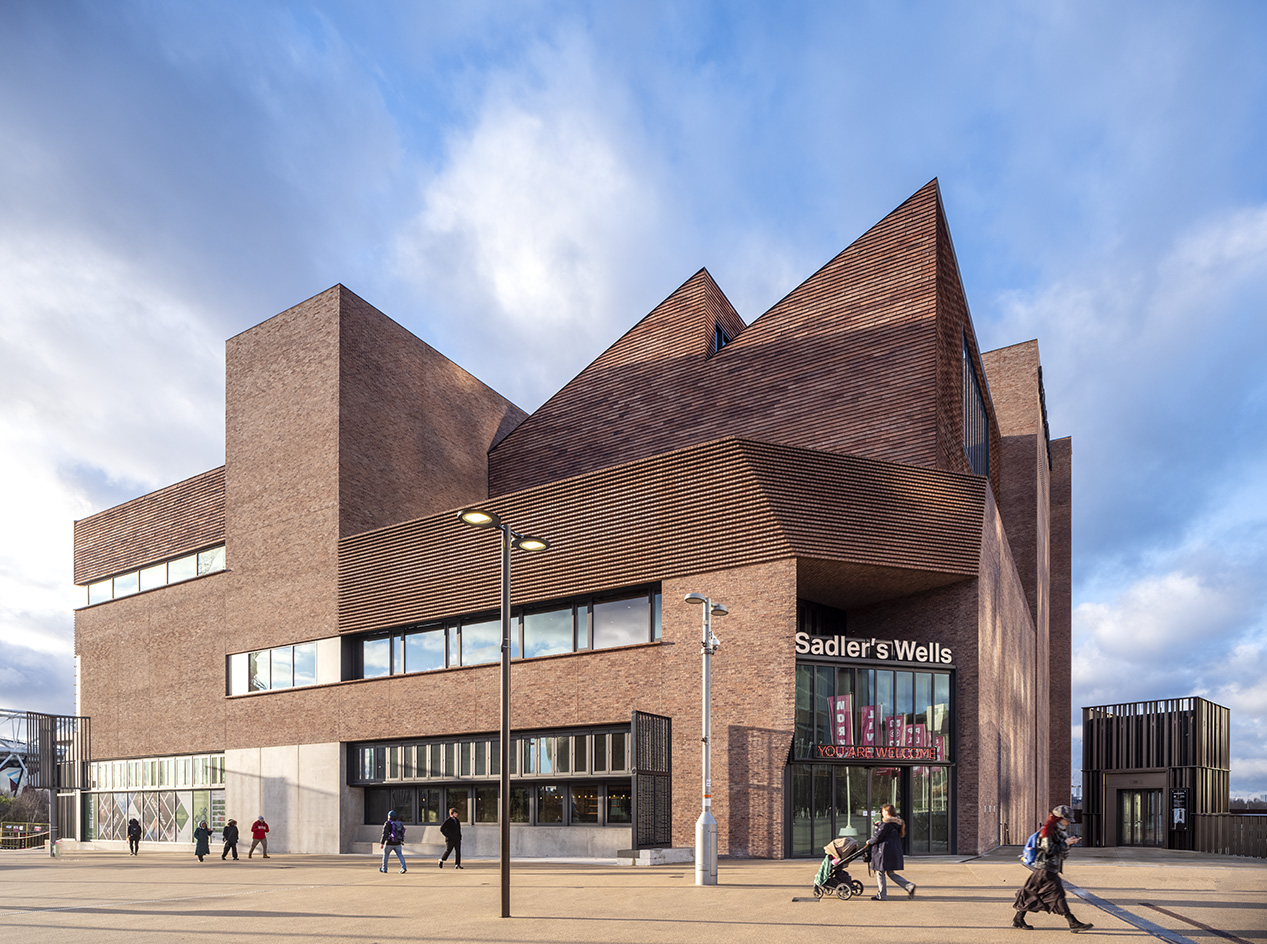
'Ready to go.' In three words, that was the brief the Sadler's Wells East architects, Sheila O’Donnell and John Tuomey, received from the organisation's artistic director and chief executive Alistair Spalding. Their task? To create a new dance performance space in London’s Olympic Park – and it is finally about to open to the London public after almost a decade in development.
Tuomey, half of the Dublin-based partnership that conceived and created this grand, unassuming, beautifully utilitarian building, remembers absorbing the instruction. 'We decided to create a straightforward, informal, civic-minded, public building,' he says during a tour of the building. 'One that welcomes people in, immediately.'
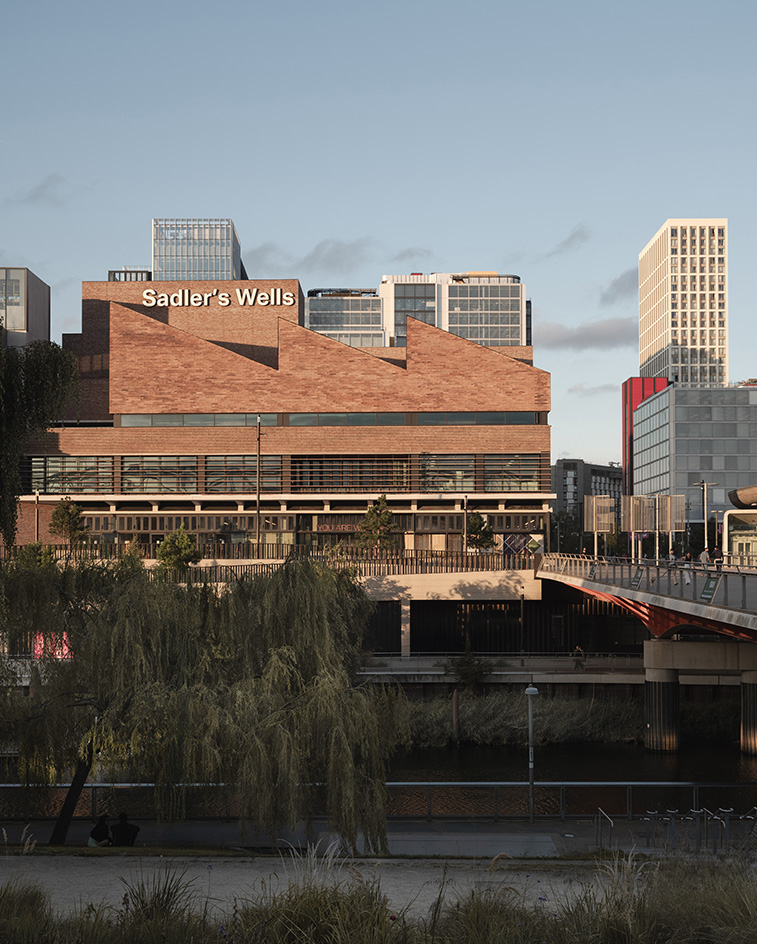
Walk through the new Sadler’s Wells East in London
London’s new cultural creation has not given into modern trends of starchitecture. There are few indulgences or flourishes here. Instead, we have been treated to a solid almost brutalist architecture-inspired structure of yellow-beige bricks, facing south and looking out over a park; it's a building that looks, if it were not so clean, as if it could be older than many of the structures around it. And throughout, from the studios above the atrium to the flexible theatre in its bowels, this building genuflects to the needs, rigours and disciplines of the contemporary dance performer.
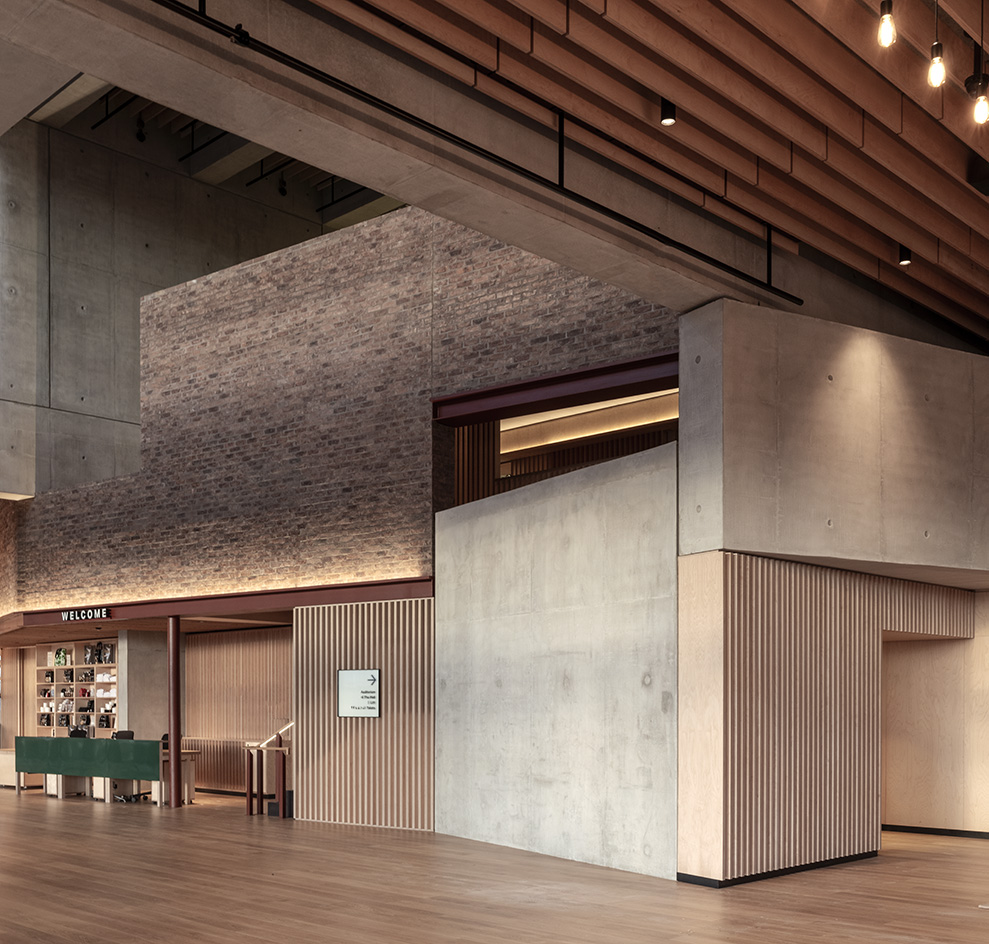
The dance studios sit beneath a saw-tooth roof design with open façades that extend down to the foyer below. The studios have direct access to terrace spaces – generations of dancers to come will escape here for an illicit cigarette, a long stare over the park and an under-the-breath complaint about the demands of the choreographer. Inside, each studio is formatted to be a perfect cube, all straight, clean lines, to allow performers to practise in the knowledge that their ‘mark’ has not been compromised by curves or oddities.

The fixed shapes of stage and studios 'determine the dimensions of everything else', O’Donnell says. The built form is 'inspired by dance notation', a static diagram of movement expressed in rhythmic composition. The primary performance space, meanwhile, allows for a range of configurations to suit different media within the artistic umbrella of dance. The principle throughout: the building 'must not intrude' on the movement and expression of bodies.
'We wanted to make the whole building look as if it were made out of clay, as if it were cast in a kiln on the site in the Olympic Park,' says Tuomey. 'We wanted this feeling of a solid clay cast, with the skyline running through it.'
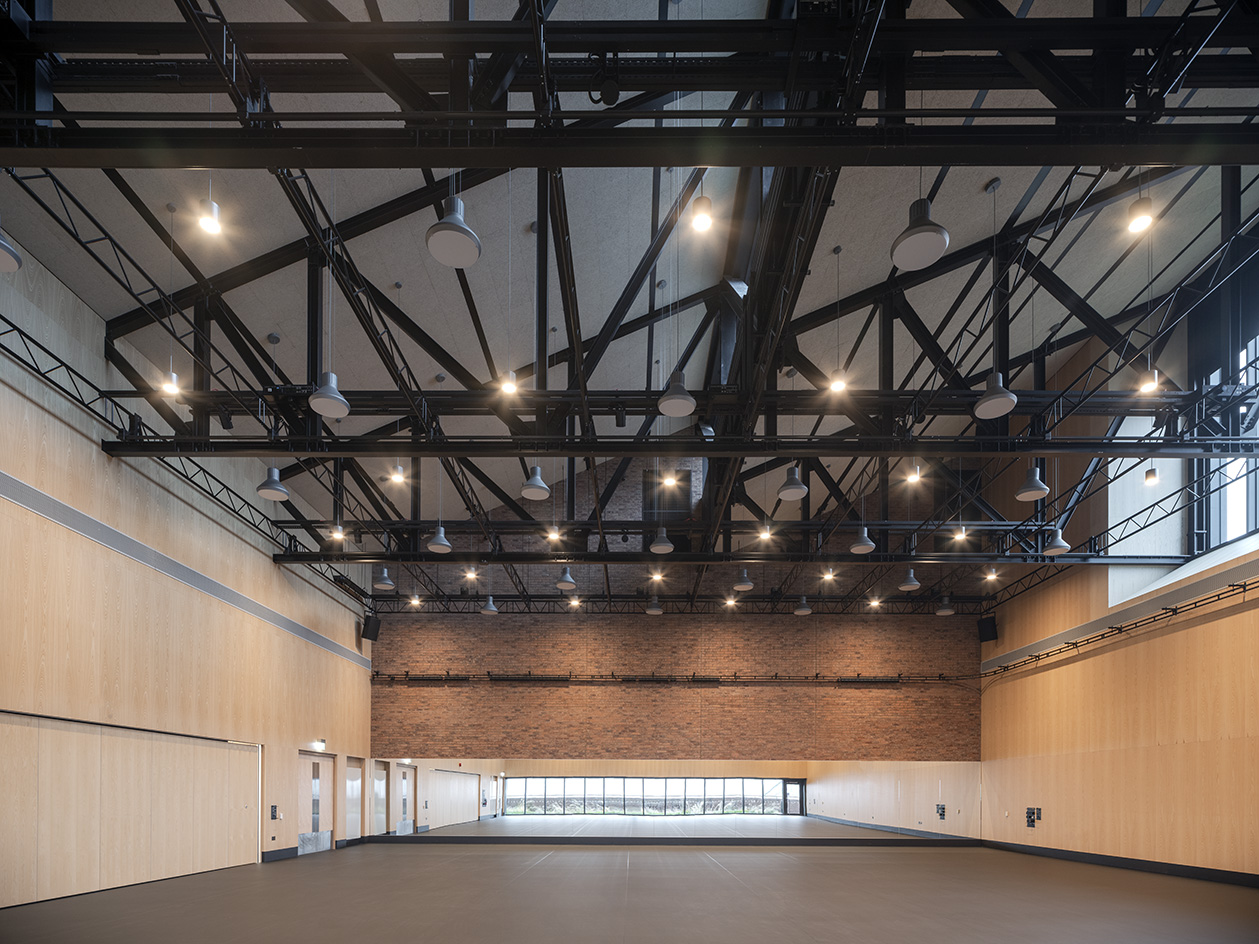
The bricks and roof tiles, the defining stricture of the building, were carefully chosen. At the Venice Biennale last year, O’Donnell and Tuomey noted the skill of brick-makers carrying out conservation work on the streets of the seaborne city, one undergoing desperate remedial work to stop its relics from sinking into the water. They tracked down the particular brick-making factory on an island in the Venetian archipelago before flying their client out to see the raw stuff in situ. The clay units that comprise Sadler’s Wells are made out of the same materials as the hard-wearing masonry repelling the lapping waves in Venice.
Receive our daily digest of inspiration, escapism and design stories from around the world direct to your inbox.
Stratford was once characterised by pollution and waste – the River Lea, on one of whose banks the new Sadler’s Wells East is built, was a sorry sight for anyone invested in the ideal of London. Its waters were once poisoned, noted only for the sheer number of discarded fridges and washing machines that had been thrown in there.
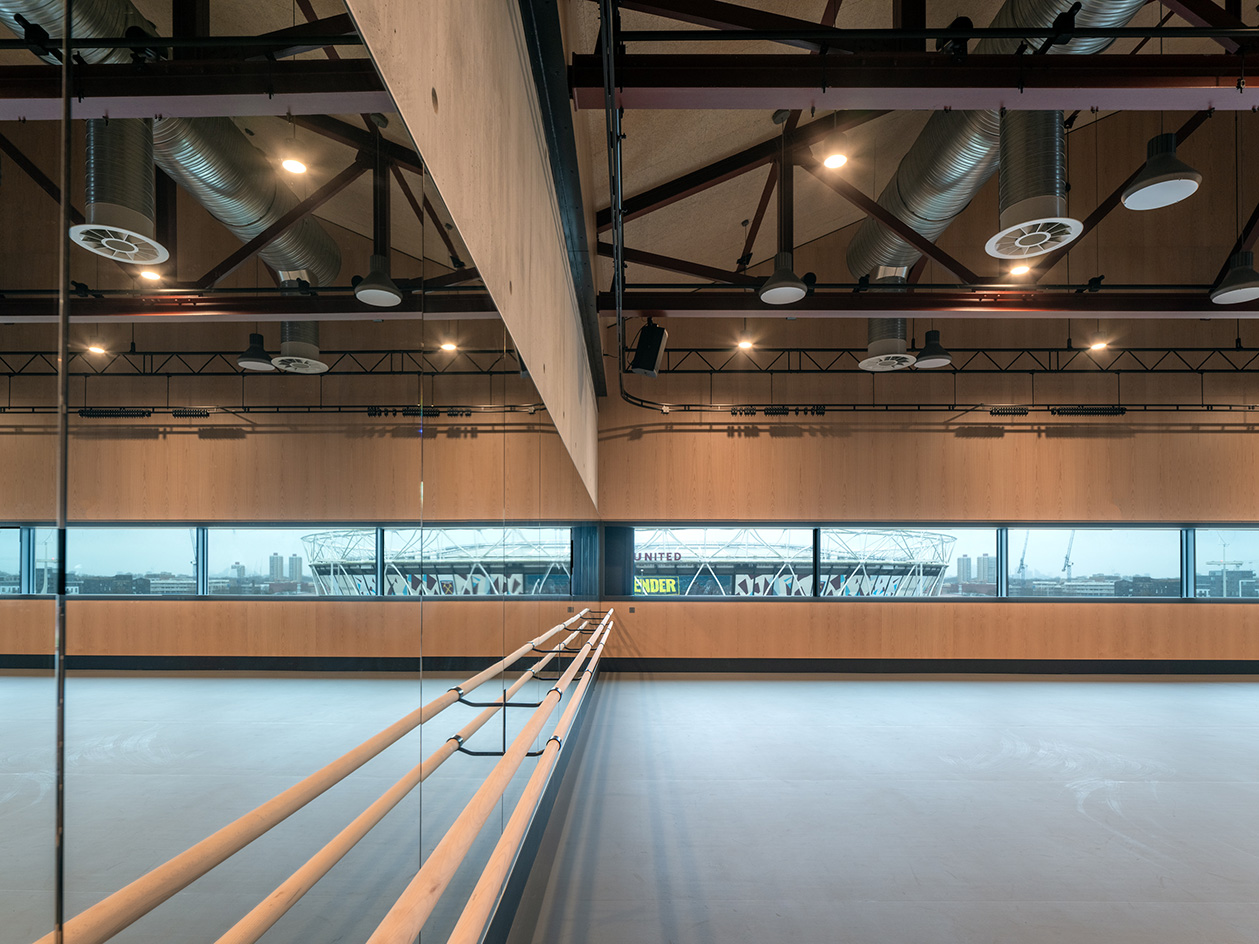
Even when the London Olympics took place in 2012, the Olympic stadium where Usain Bolt ran was flanked with swampy grassland on either side of the River Lea. To the right of the building of today, the Queen Elizabeth Olympic Park gives way, quicker than you might think, to the Lea Valley, a stretch of surprisingly wild wetlands – a mosaic of lakes, reservoirs, reedbeds and grasslands that is a conservation area for birdlife.
It is on this boggy land that Sadler’s Wells East will live and age. And it is part of a cultural community, called the East Bank. Next door is the BBC’s new Music Studios, UAL’s London College of Fashion, UCL East and the V&A East Museum & Storehouse. Each has a foyer that opens to the public realm. Opposite is the Zaha Hadid-designed London Aquatic Centre, split by the wide promenade that approaches what is now West Ham football club's stadium.

Sadler's Wells East is an extension of Sadler's Wells Theatre, the now slightly dated Islington institution that has long been a cornerstone of London's performing arts scene. While Sadler’s Wells remains a world-famous venue – it hosted a performance by New York City Ballet in the spring of 2024, the first time the company had performed in the UK in a generation – it is also well known for its community work, including initiatives like Company of Elders, a touring dance troupe for non-professional dancers over 60. The new venue’s first performances in east London will fittingly include dancers from local schools and community groups.
As Britannia Morton, executive director of Sadler’s Wells, said of its opening: 'The building has been designed, inside out, with the needs of dance put first.'
Tom Seymour is an award-winning journalist, lecturer, strategist and curator. Before pursuing his freelance career, he was Senior Editor for CHANEL Arts & Culture. He has also worked at The Art Newspaper, University of the Arts London and the British Journal of Photography and i-D. He has published in print for The Guardian, The Observer, The New York Times, The Financial Times and Telegraph among others. He won Writer of the Year in 2020 and Specialist Writer of the Year in 2019 and 2021 at the PPA Awards for his work with The Royal Photographic Society. In 2017, Tom worked with Sian Davey to co-create Together, an amalgam of photography and writing which exhibited at London’s National Portrait Gallery.
-
 Inside Christian de Portzamparc’s showstopping House of Dior Beijing: ‘sculptural, structural, alive’
Inside Christian de Portzamparc’s showstopping House of Dior Beijing: ‘sculptural, structural, alive’Daven Wu travels to Beijing to discover Dior’s dramatic new store, a vast temple to fashion that translates haute couture into architectural form
-
 A music player for the mindful, Sleevenote shuns streaming in favour of focused listening
A music player for the mindful, Sleevenote shuns streaming in favour of focused listeningDevised by musician Tom Vek, Sleevenote is a new music player that places artist intent and the lost art of record collecting at the forefront of the experience
-
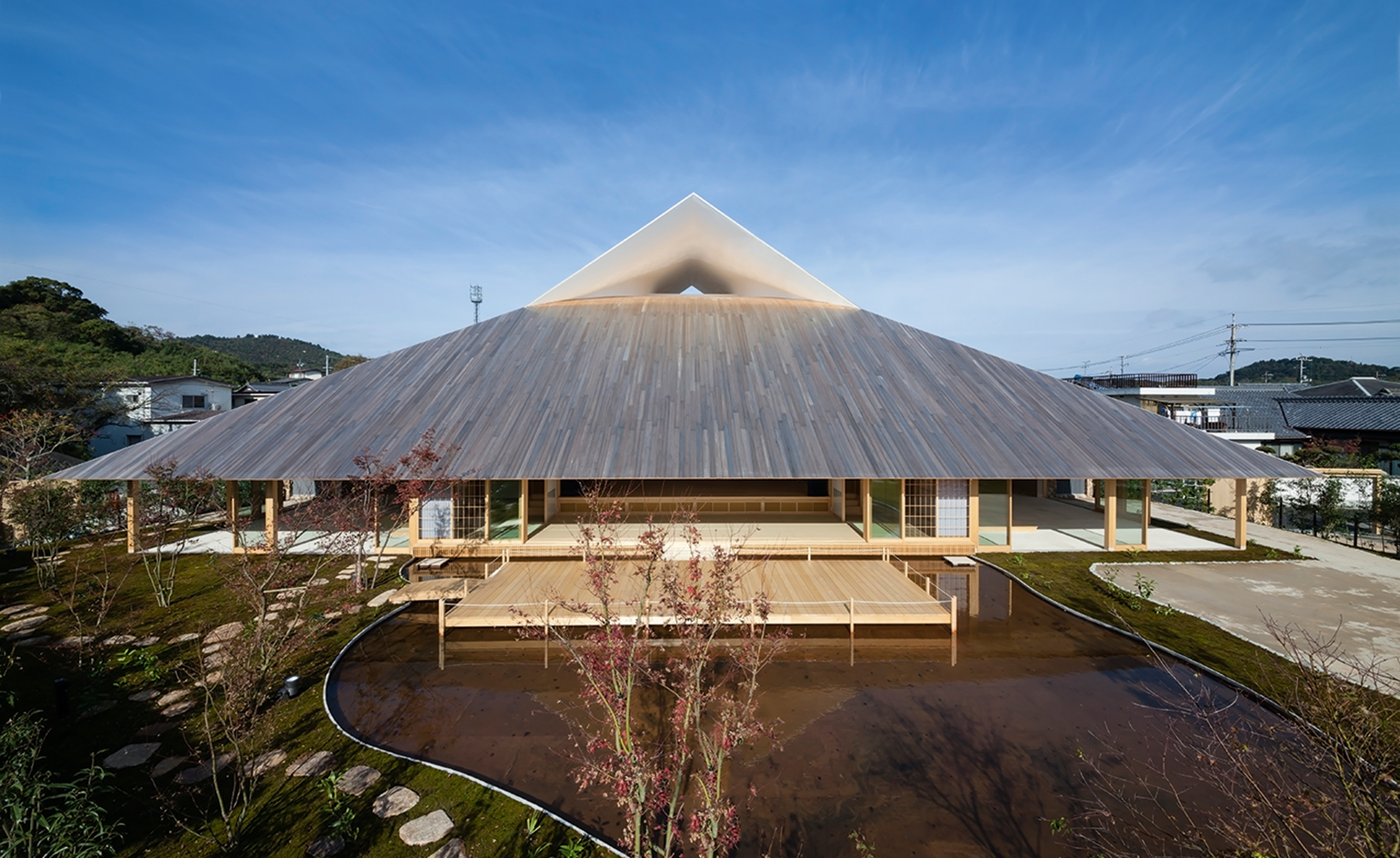 Take a tour of the 'architectural kingdom' of Japan
Take a tour of the 'architectural kingdom' of JapanJapan's Seto Inland Sea offers some of the finest architecture in the country – we tour its rich selection of contemporary buildings by some of the industry's biggest names
-
 Arbour House is a north London home that lies low but punches high
Arbour House is a north London home that lies low but punches highArbour House by Andrei Saltykov is a low-lying Crouch End home with a striking roof structure that sets it apart
-
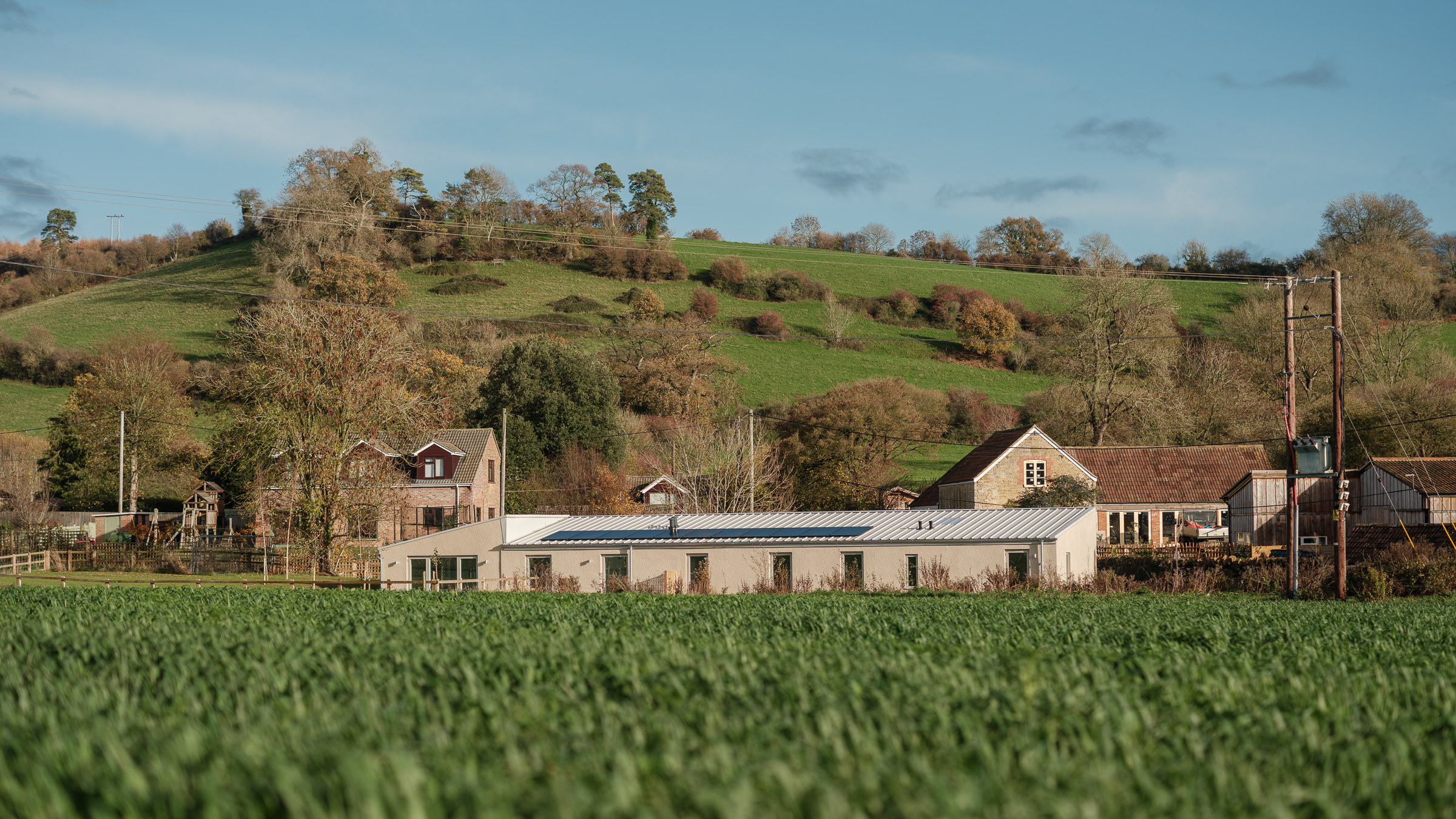 A former agricultural building is transformed into a minimal rural home by Bindloss Dawes
A former agricultural building is transformed into a minimal rural home by Bindloss DawesZero-carbon design meets adaptive re-use in the Tractor Shed, a stripped-back house in a country village by Somerset architects Bindloss Dawes
-
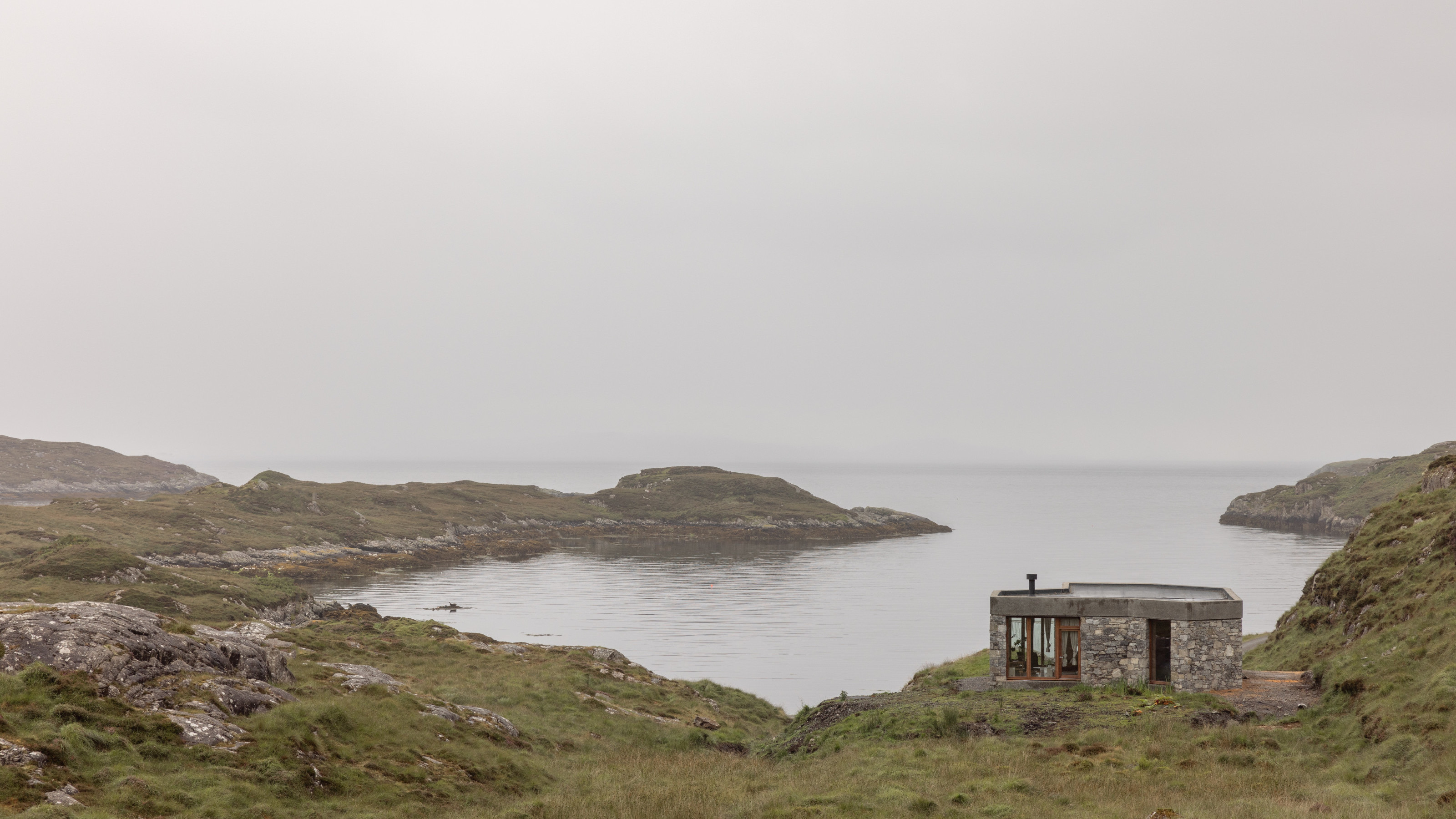 RIBA House of the Year 2025 is a ‘rare mixture of sensitivity and boldness’
RIBA House of the Year 2025 is a ‘rare mixture of sensitivity and boldness’Topping the list of seven shortlisted homes, Izat Arundell’s Hebridean self-build – named Caochan na Creige – is announced as the RIBA House of the Year 2025
-
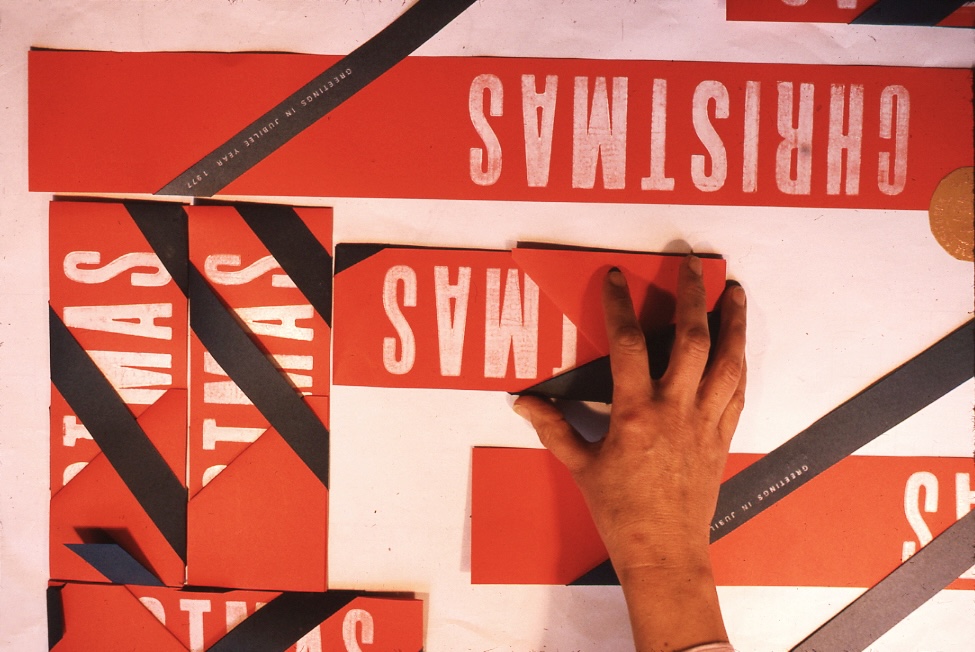 In addition to brutalist buildings, Alison Smithson designed some of the most creative Christmas cards we've seen
In addition to brutalist buildings, Alison Smithson designed some of the most creative Christmas cards we've seenThe architect’s collection of season’s greetings is on show at the Roca London Gallery, just in time for the holidays
-
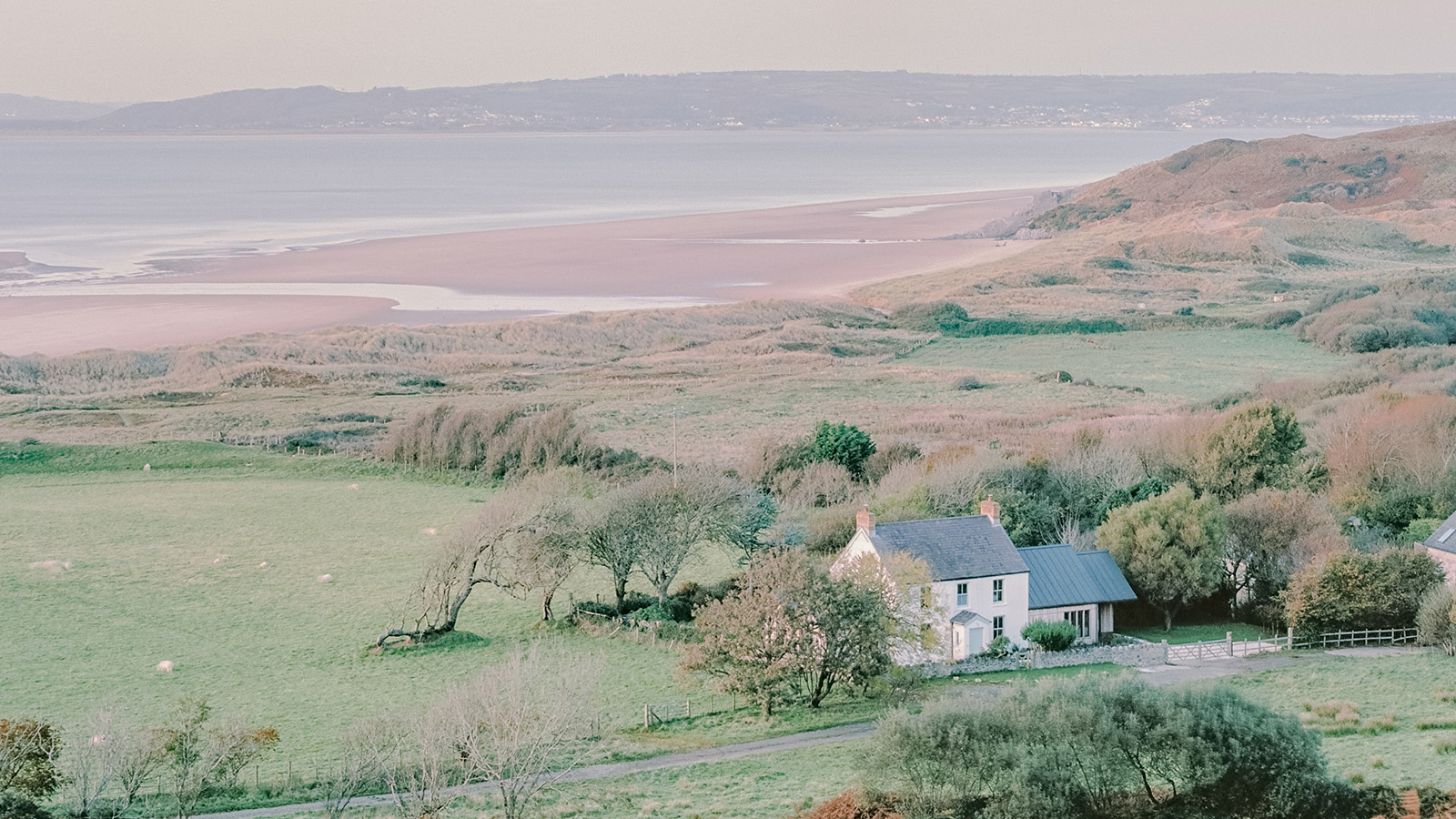 In South Wales, a remote coastal farmhouse flaunts its modern revamp, primed for hosting
In South Wales, a remote coastal farmhouse flaunts its modern revamp, primed for hostingA farmhouse perched on the Gower Peninsula, Delfyd Farm reveals its ground-floor refresh by architecture studio Rural Office, which created a cosy home with breathtaking views
-
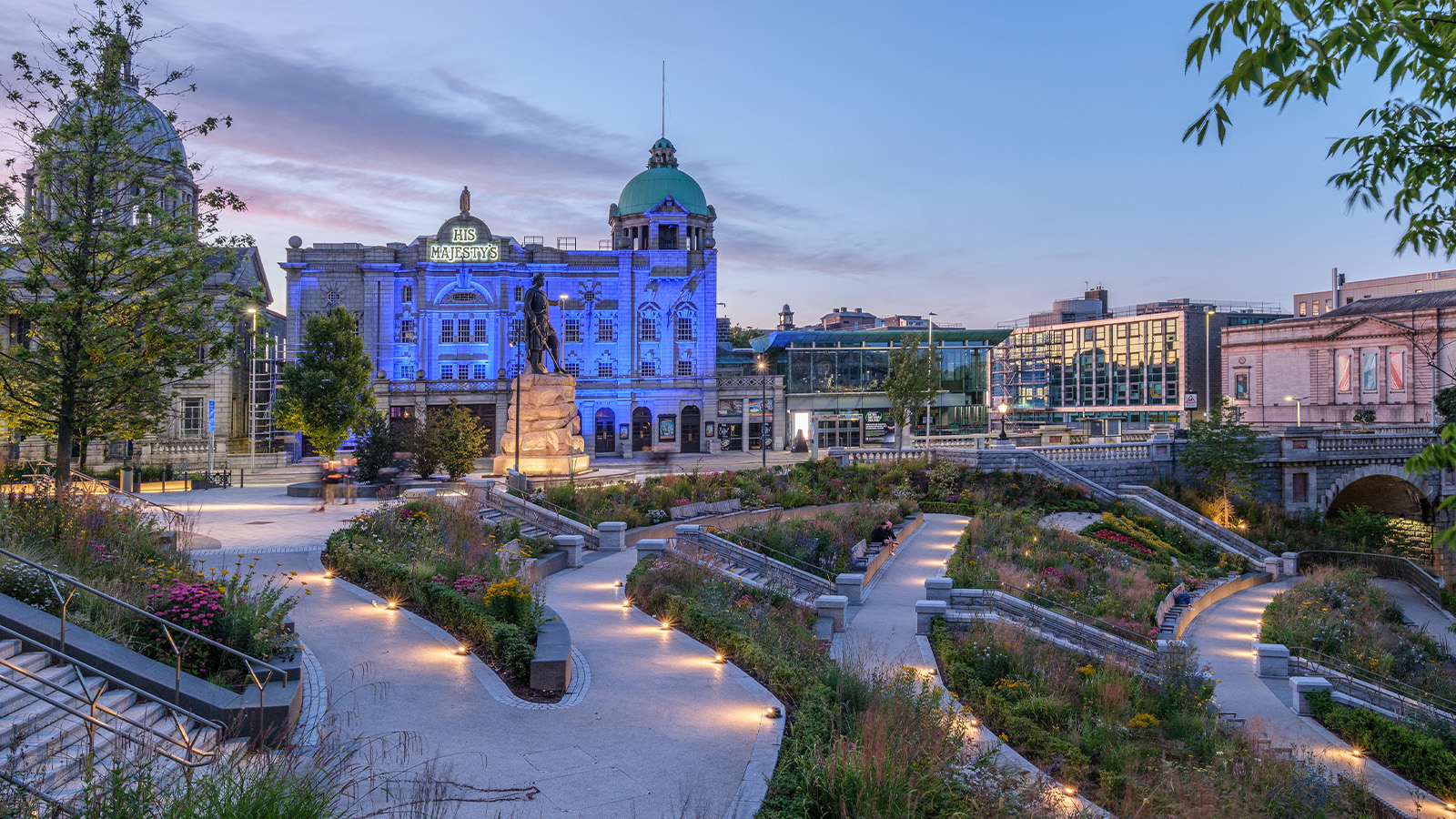 A revived public space in Aberdeen is named Scotland’s building of the year
A revived public space in Aberdeen is named Scotland’s building of the yearAberdeen's Union Terrace Gardens by Stallan-Brand Architecture + Design and LDA Design wins the 2025 Andrew Doolan Best Building in Scotland Award
-
 The Architecture Edit: Wallpaper’s houses of the month
The Architecture Edit: Wallpaper’s houses of the monthFrom wineries-turned-music studios to fire-resistant holiday homes, these are the properties that have most impressed the Wallpaper* editors this month
-
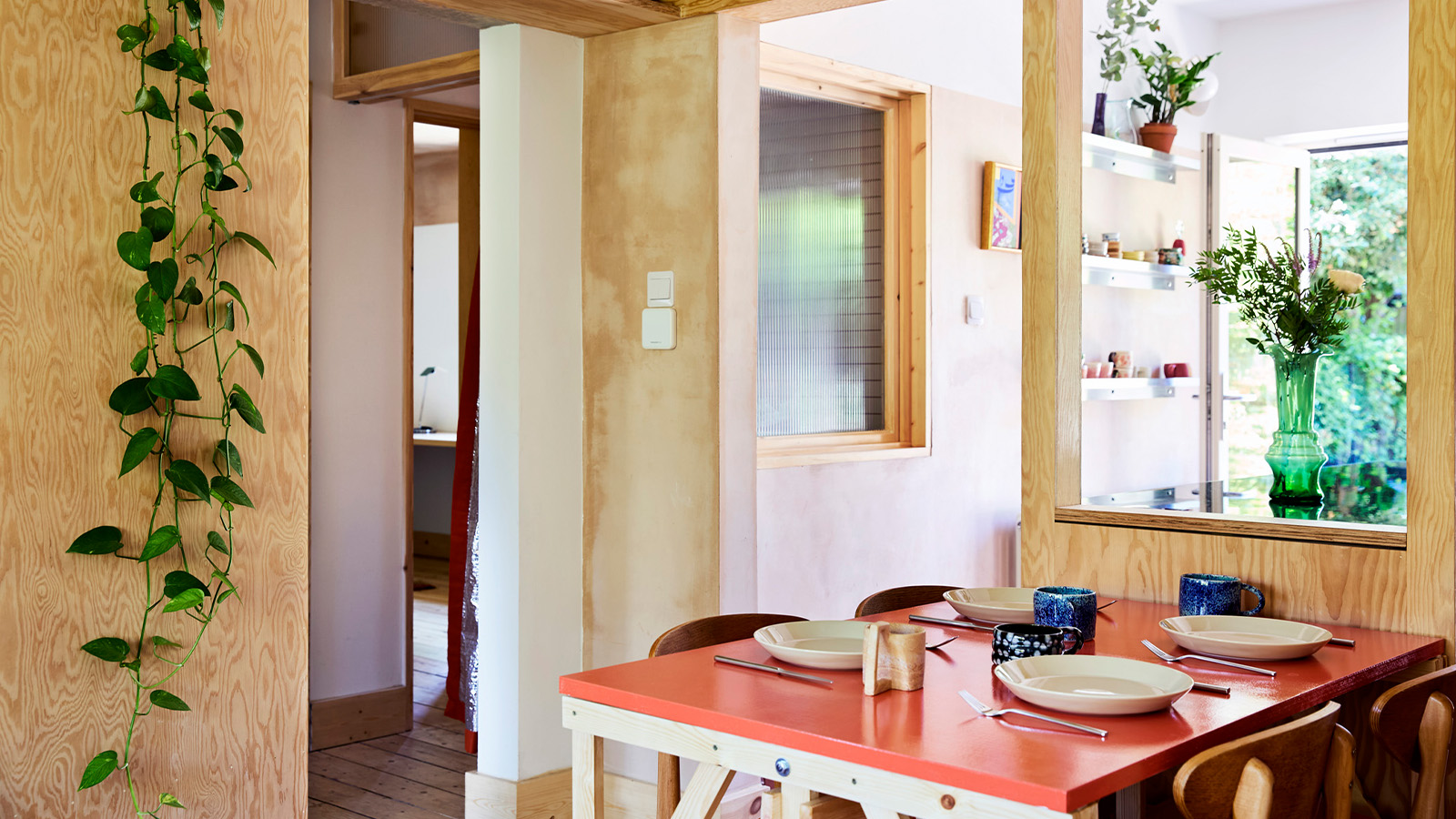 A refreshed 1950s apartment in East London allows for moments of discovery
A refreshed 1950s apartment in East London allows for moments of discoveryWith this 1950s apartment redesign, London-based architects Studio Naama wanted to create a residence which reflects the fun and individual nature of the clients